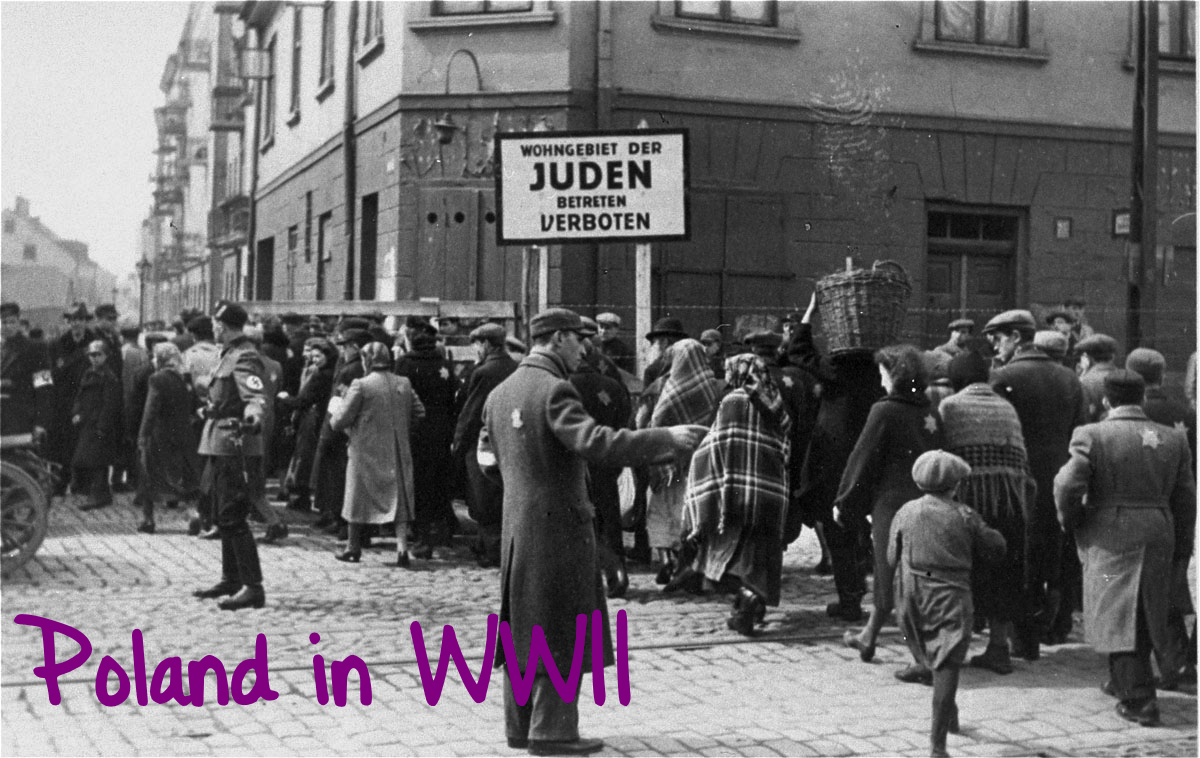Poland in WWII
Poland in WWII Not sure how I missed such an important entry, but here it is now. As we know, after the Jews, the… Read More »Poland in WWII
Poland in WWII Not sure how I missed such an important entry, but here it is now. As we know, after the Jews, the… Read More »Poland in WWII
